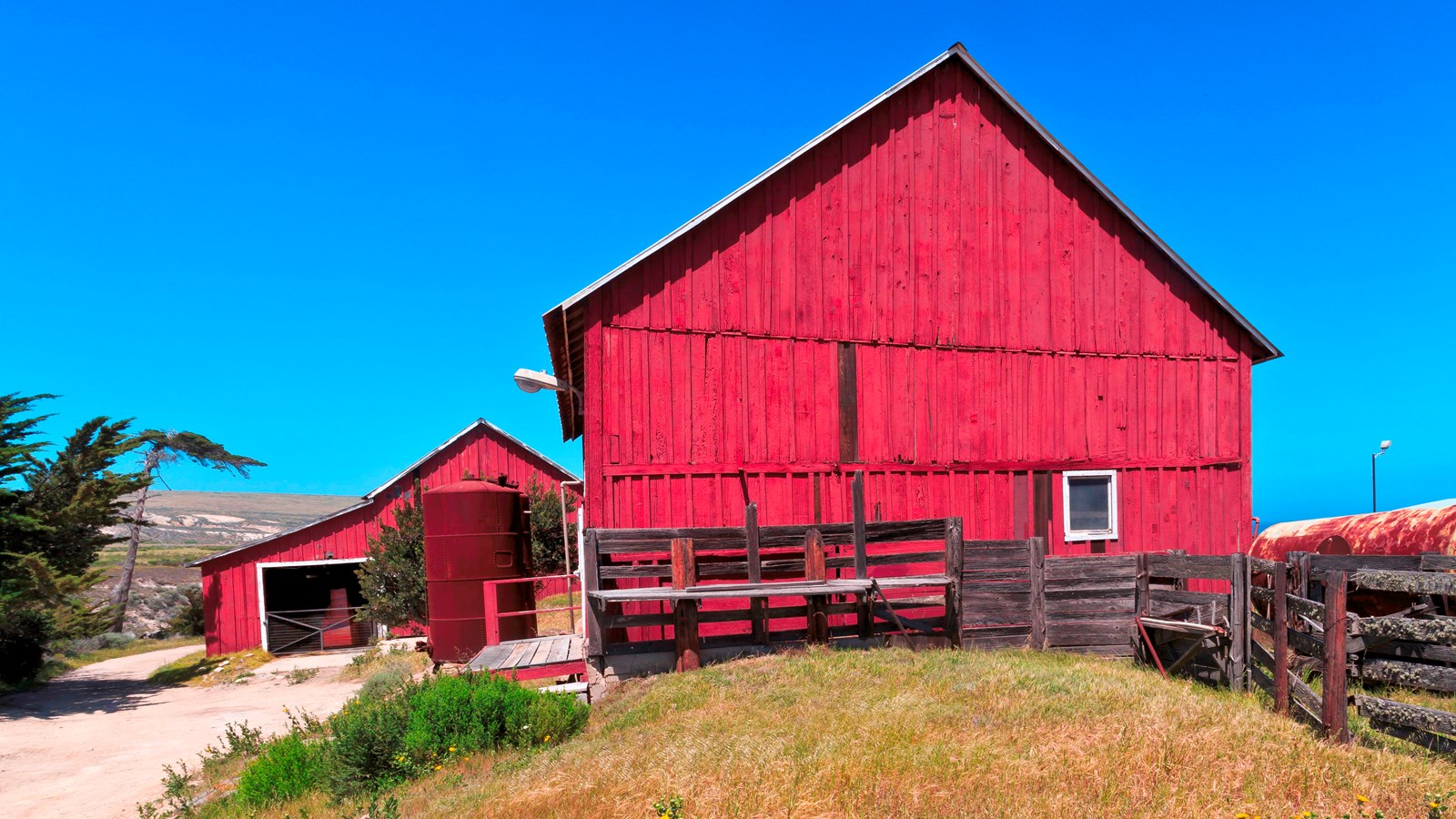Last updated: April 13, 2021
Place
Stop 2: Cherry Canyon Tour

Tim Hauf, timhaufphotography.com
Preserving the Past
While the isolated island offered ranchers several advantages over the mainland, including no predators and the world's best fence (the ocean), it created special challenges as well. Supplying such a remote outpost was probably the biggest challenge. The transportation of supplies and stock on and off the island was always an adventure-the distance to the mainland, rough seas, and expense made it very difficult. However, ranchers adapted to the challenges of island life through self-reliance and, as one ranch foreman wrote, "learning to make do with what [they] had."
No one was better at this than Diego Cuevas, a former ranch foreman, who stated in an oral history that he learned to "fix things by improvising. You had to out there. We didn't have any stores." Margaret Vail Woolley, part of the Vail family that owned the island, concurred, "He [Diego] could make anything out of anything. It was remarkable. He was perfect for the island."
Some of Diego's inventions included shutting off the generator by creating a timer using ice, cables, and pulleys (which didn't work), or by using a rat trap, string, and an alarm clock (which did work). He also built a motorized cart to haul slop to the pigs and a diesel-hauling trailer with a tank. He installed a truck engine in a boat given to the ranch by the Air Force and devised a cooling system for it that worked with salt water and a kelp knife to protect the rudder and prop, but soon discovered that fishing still was better from the rocks on the island shore.
To be as self-sufficient as possible, island ranchers grew and raised much of their own food, importing deer, elk, quail, pigs, and rabbits. They would make many of their own supplies such as ropes, saddles, candles, and soaps. They often salvaged what they could from shipwrecks and from abandoned military establishments from World War II and the Cold War. And they had specialized boats constructed to transport supplies, cattle, and staff to and from the island.
Ranching began on Santa Rosa Island in 1844 shortly after the island was granted to the Carrillo family by the Mexican government. Then from 1858 to 1901 the More family ran one of the largest sheep ranches in the state, with up to 80,000 sheep.
They centered their operations in Becher's Bay, where they constructed a pier and built the clapboard ranch house, horse barn, and blacksmith shop barn that are still found here today. These buildings, built in the 1860s and 1870s, are some of the oldest wood buildings in Santa Barbara County.
For almost a century after the Mores, Vail & Vickers operated one of the largest and most productive beef cattle ranches in Santa Barbara County. Four generations of family members acted as stewards of the land managing the ranch in the traditional system of vaqueros (Spanish for "cowboys"), tending cattle on horseback, and preserving the last intact large Mexican land grant rancho in California as well as the last working island cattle ranch in the continental United States.
Although the end of ranching in 1998 brought a close to a truly unique way of life, Vail & Vickers' commitment to ranching traditions preserved an undeveloped landscape that greatly contributed to the decision by Congress to include Santa Rosa Island in Channel Islands National Park in 1980.
In 1986 the federal government purchased the island. Today, the NPS is preserving and interpreting the historic area so visitors will always have the chance to remember and understand this unique part of the islands' past.
For more information on ranching history and the historic buildings, please see the other site pins on the map and visit the ranch exhibit in the restored schoolhouse.
For more even more detailed historical information and citations, please refer to the Historic Resource Study: Island Legacies - A History of the Islands within Channel Islands National Park
